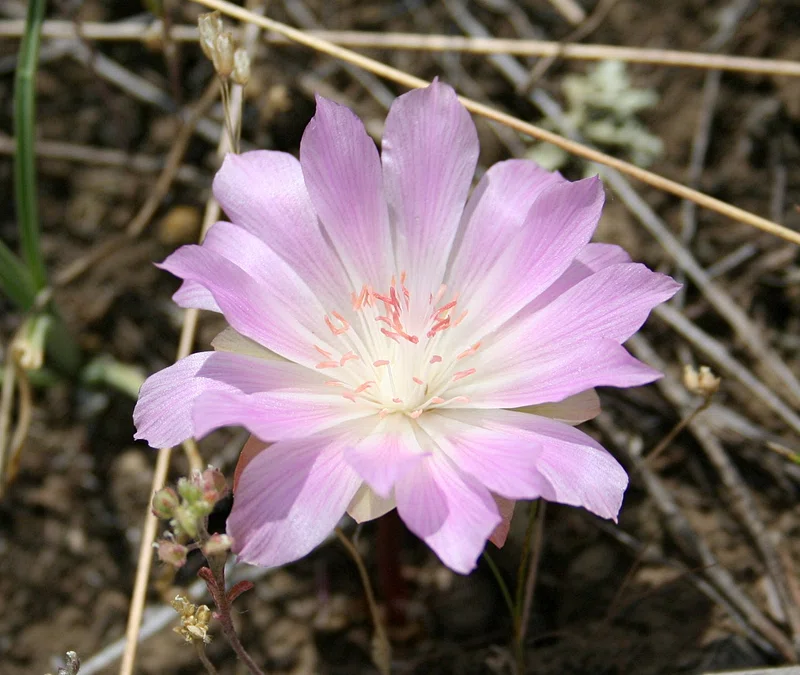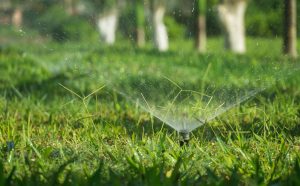Native Wildflower Landscaping: Beauty and Biodiversity in Your Backyard
In Montana’s diverse and rugged environment, landscaping choices do more than shape curb appeal—they also impact ecosystems. Native wildflower landscaping is a beautiful, low-maintenance way to support local wildlife while creating a colorful, ever-changing yard. At Horizon Landscape & Irrigation, we help homeowners design wildflower gardens that thrive in Montana’s unique climate and celebrate the natural beauty of Big Sky Country.
Why Go Native?
Native wildflowers are species that naturally occur in Montana and have adapted to the region’s seasons, soils, and precipitation patterns. Unlike non-native ornamentals, they’re built to handle drought, poor soil, and temperature extremes—making them ideal for sustainable landscaping. More importantly, they attract pollinators, birds, and beneficial insects, creating a balanced micro-ecosystem in your own yard.
Benefits of Native Wildflower Gardens
Low Maintenance: Once established, native wildflowers need less water, fertilizer, and pruning than traditional lawns or exotic plants.
Water Efficiency: Many Montana natives are drought-tolerant, reducing your reliance on irrigation.
Habitat Creation: Wildflowers provide food and shelter for butterflies, bees, hummingbirds, and other wildlife.
Soil Health: Deep root systems help reduce erosion, improve soil structure, and filter stormwater naturally.
Seasonal Color: With a mix of early, mid, and late bloomers, you can enjoy vibrant color from spring through fall.
Best Native Wildflowers for Montana Landscapes
Here are a few showstoppers that thrive across much of the state:
Blanketflower (Gaillardia aristata): Bright orange-red blooms, long-lasting, and drought-hardy.
Prairie Coneflower (Ratibida columnifera): Distinctive upright blooms that attract butterflies and birds.
Lupine (Lupinus sericeus): A classic purple flower with nitrogen-fixing roots, great for restoring soil.
Blue Flax (Linum lewisii): Delicate blue flowers that bloom for weeks and reseed easily.
Bee Balm (Monarda fistulosa): Loved by pollinators, this fragrant flower adds drama to any garden bed.
When selecting plants, mix species with varying heights, bloom times, and flower shapes to create a dynamic and healthy habitat.
Designing with Wildflowers
Whether you’re creating a full wildflower meadow or a simple border bed, native planting can work in any space. Here are some design tips:
Start Small: Convert a lawn strip, slope, or corner of your yard before expanding.
Mix It Up: Combine wildflowers with native grasses for structure and year-round interest.
Prep the Soil: Clear invasive species and loosen the soil for better germination.
Consider Bloom Timing: Plant in clusters to ensure color throughout the season.
Add Paths or Rock Features: These help define the space and make maintenance easier.
Start with Horizon Landscape & Irrigation
We specialize in sustainable, native-based designs that work with your property’s natural features. Whether you’re looking to attract more wildlife, cut back on water use, or simply enjoy a low-maintenance, high-reward yard, we can help you bring a native wildflower landscape to life.
Want to add biodiversity and beauty to your landscape?
Visit https://horizonlandscapemt.com to schedule a consultation and start planning your Montana wildflower garden today.
Read Next: How to Choose the Right Trees for Windbreaks and Privacy in Montana




